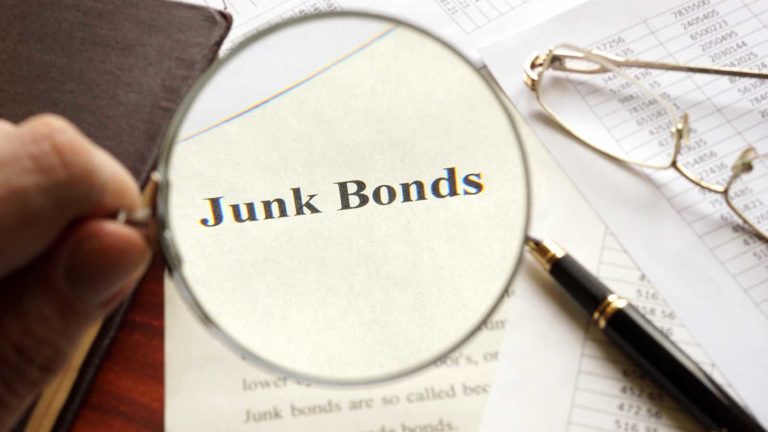Signs of weakness in the high-yield part of the bond market are finally starting to emerge.
For several months, I’ve argued that credit spreads will widen. Now, it’s notable that long-duration Treasurys are showing strength while junk debt weakens. A widening of credit spreads can come from high-quality Treasury yields falling (and prices rising) while junk yields hold steady. However, it is more likely that a widening would see junk bonds become less attractive as their yields skyrocket (and prices fall). Rising junk bond yields wave a red flag that the risk of default is higher.
And why does it matter if credit spreads widen? As investors opt for U.S. Treasurys and flee junk corporate bonds, it indicates they are worried about the economy. Widening credit spreads are a bad sign in terms of how investors feel.
As I noted recently, I do think the lagged effects of the fastest rate hike cycle in history may be starting to hit. Job openings fell after being revised lower. U.S. orders for durable manufactured goods came in lower than expected. The movement in Treasury yields appears to be a classic reaction to a decelerating economy.
So where do we go from here? The answer depends on the performance of consumer, industrial, and energy stocks in the short term. In recent weeks, industrial stocks and energy stocks have started to underperform the S&P 500. These sectors are the same that dominate the junk bond market, so if the stocks languish, the bonds might as well.
And this is where it gets interesting. For junk bonds to crack, you need the sectors that make up the bulk of the bond issuances to crack. And those areas clearly are underperforming because the economy appears to be slowing down at a faster clip than most realize.
If that’s the case, then the widening of credit spreads may be underway. Savvy investors should be closely watching junk debt from here. It remains a key part of the volatility equation.
On the date of publication, Michael Gayed did not hold (either directly or indirectly) any positions in the securities mentioned in this article. The opinions expressed in this article are those of the writer, subject to the InvestorPlace.com Publishing Guidelines.

